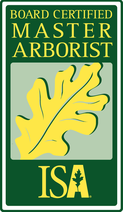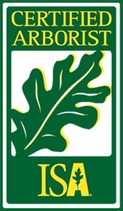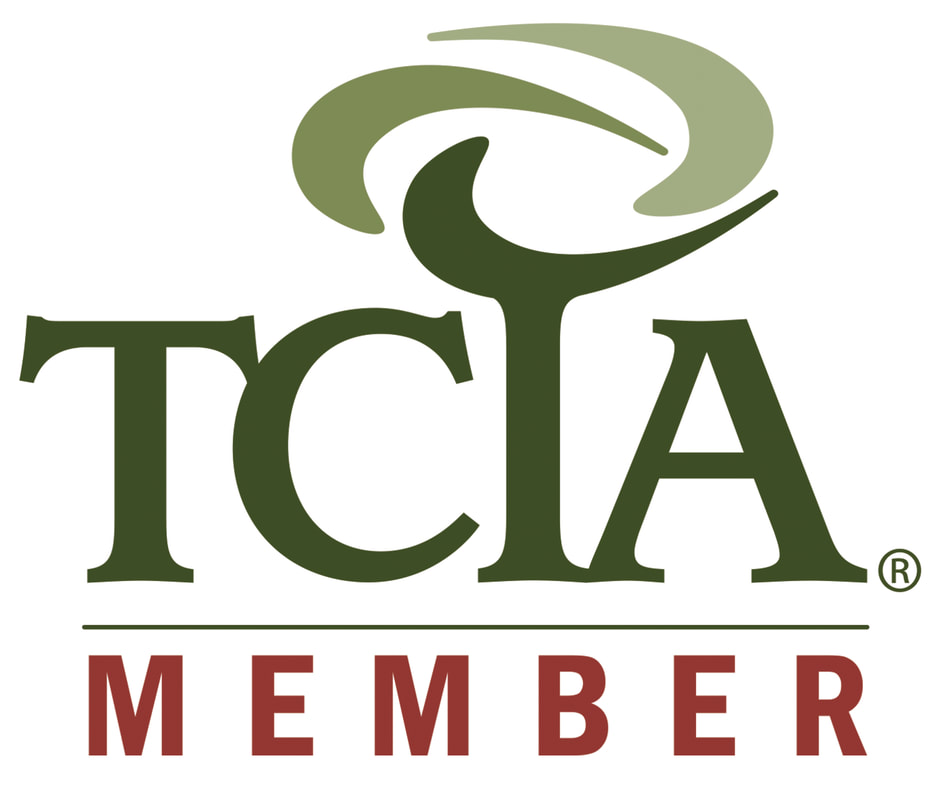- Merlin Arborist Group
-
Services
- Structural & Aesthetic Pruning
- Arborist Reports
- Tree Risk Assessment
- Tree Appraisal
- Tree Surveys & Inventories
- Tree Management Plans
- Construction Impact Mitigation
- Orchard Design, Installation, & Maintenance
- Organic Agriculture Consulting
- Integrated Pest Management
- Digital Urban Forest Mapping
- Fire Risk Reduction
- Raptor Renesting
- About Us
- Blog
- Contact
|
Merlin just renested five Great Horned Owl babies last week in Sonoma, CA. The Press Democrat newspaper came to one of the renest sites and featured us in an article! Check out the article online:
www.pressdemocrat.com/news/8315304-181/baby-great-horned-owl-that
2 Comments
As trees continue to break bud and rains are finally arriving, the crew is working hard to wrap up fruit tree pruning season. It's been a busy couple months!
Merlin just returned home from a week at the ASCA (American Society of Consulting Arborists) Annual Conference on the Columbia River in Washington. It was a great time learning about the latest science and management practices for trees with the greatest minds in the field of arboriculture.
One of the favorite speakers was Ed Gilman, whose presentation, "Tree Response to Storm Damage," highlighted how the trees respond and fare in storms. He discussed how the architecture of a tree effects its likelihood of success and how pruning can help trees recover from fairly severe storm damage. http://www.asca-consultants.org/mpage/AC2017home We just released this young screech owl with the Bird Rescue Center. It had been brought to the center for rehabilitation, but unfortunately while it was there, its home was burnt in the fires. We found a new home for it once it was fully healthy and ready to return to the wild. These tiny owls are only 7-10 inches tall and can be found in forested areas around Sonoma County. Their coloration and mottled pattern makes them excellent at camouflage. The marigolds in the cider orchard are in full bloom! Marigolds can be used as an organic method of nematode control. We planted several acres of bitter apples for cider this year, next to a beautiful, old Gravenstein orchard.
Seamus grafting Bosc scion onto a rootstock whose tree died of fireblight. Many trees around Sonoma County suffered from fireblight this year. Hope this new tree takes!
My article on the responsibilities of arborists in regards to birds in trees was just published in the "Western Arborist" magazine. Many thanks to the Bird Rescue Center and the Hungry Owl Project for their support and resources!
Sudden Oak Death is caused by the plant pathogen, Phytophthera ramorum, and can be deadly to oak trees. It is a critical issue in Sonoma County that can effect your property and trees. As we learn more about how SOD affects our trees, the methods used to manage it change. We recently went to a talk by Lisa Bell (UC Cooperative SOD Program Coordinator) in Sebastopol to learn about the current recommended management practices for dealing with SOD. We have listed all the current resources and links to our website (http://www.westernarborist.com/sudden-oak-death.html). One important step homeowners can do to protect the oaks on their property is to keep a 30 foot distance between Bay trees and oaks. Bays are a very active host for SOD. If you have any questions about Sudden Oak Death, we would love to help answer any questions you may have and connect you to the most appropriate resource or management needed.
I recently had the opportunity to attend the annual National Meeting of the Conifer Society. It is not often I get to be surrounded by such a large group of people as equally passionate about trees as I am! There were people from around the world at the conference, as well as a near complete collection of California conifer specimens.
Highlights include a talk by Stephen Sillett, a researcher from Humboldt State who studies old growth redwood canopy ecosystems, and tours of Quaryhill Botanical Garden, Circle Oak Ranch, San Francisco Botanic Garden, and Hog Hill. The San Francisco Botanic Garden created an interactive map of the conifers housed at their site specifically for our group. It is a very thorough and interesting project and definitely worth checking out. They also developed an app for smartphones to find their conifers. The collection there is expansive and includes one of the few known albino redwoods. Definitely worth checking out! See their website to explore the map and download the app: http://www.sfbotanicalgarden.org/garden/conifers.html |
Merlin
|
Merlin arborist group
|
Telephone707-888-7927
|
|
WE ARE BASED OUT OF SEBASTOPOL, CA AND PROUDLY SERVE ALL OF SONOMA COUNTY
- Merlin Arborist Group
-
Services
- Structural & Aesthetic Pruning
- Arborist Reports
- Tree Risk Assessment
- Tree Appraisal
- Tree Surveys & Inventories
- Tree Management Plans
- Construction Impact Mitigation
- Orchard Design, Installation, & Maintenance
- Organic Agriculture Consulting
- Integrated Pest Management
- Digital Urban Forest Mapping
- Fire Risk Reduction
- Raptor Renesting
- About Us
- Blog
- Contact

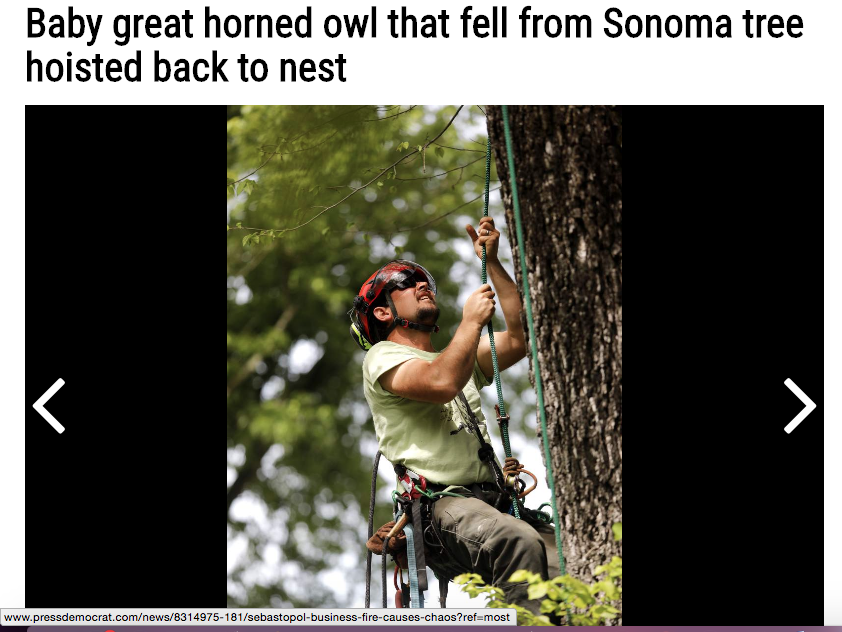
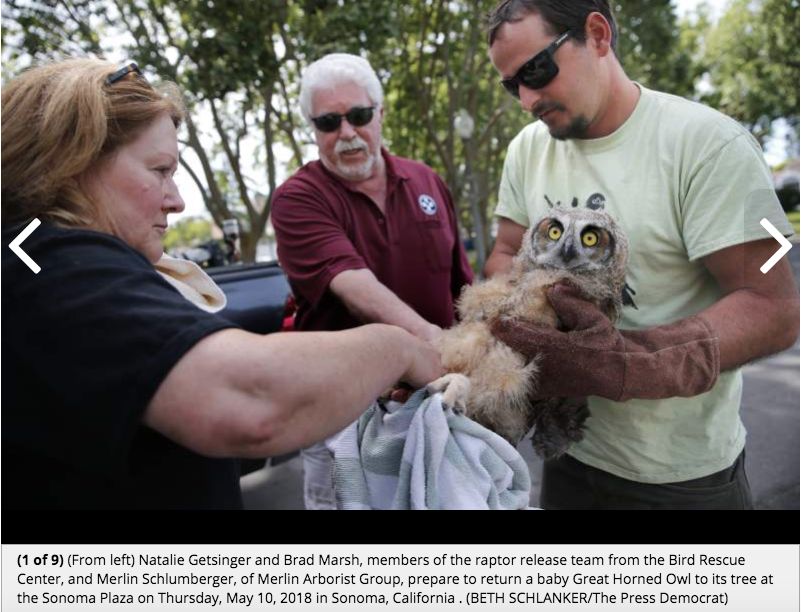
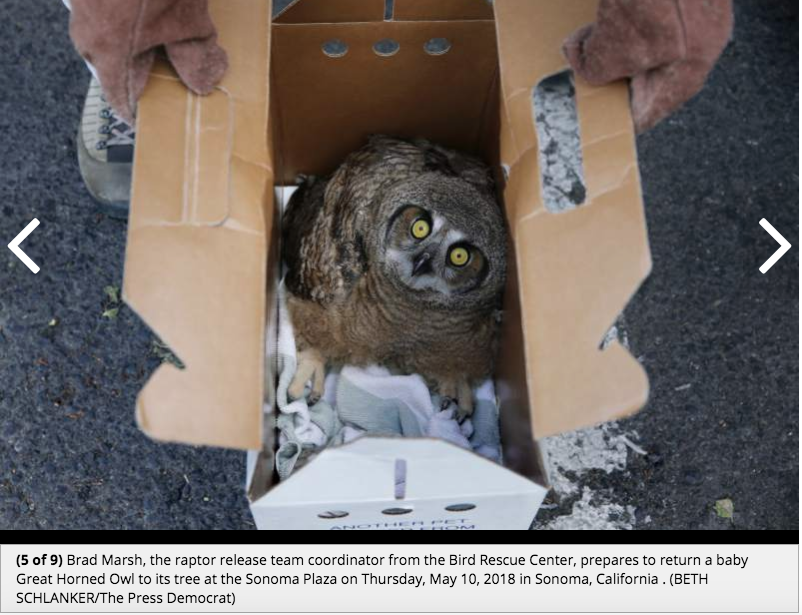
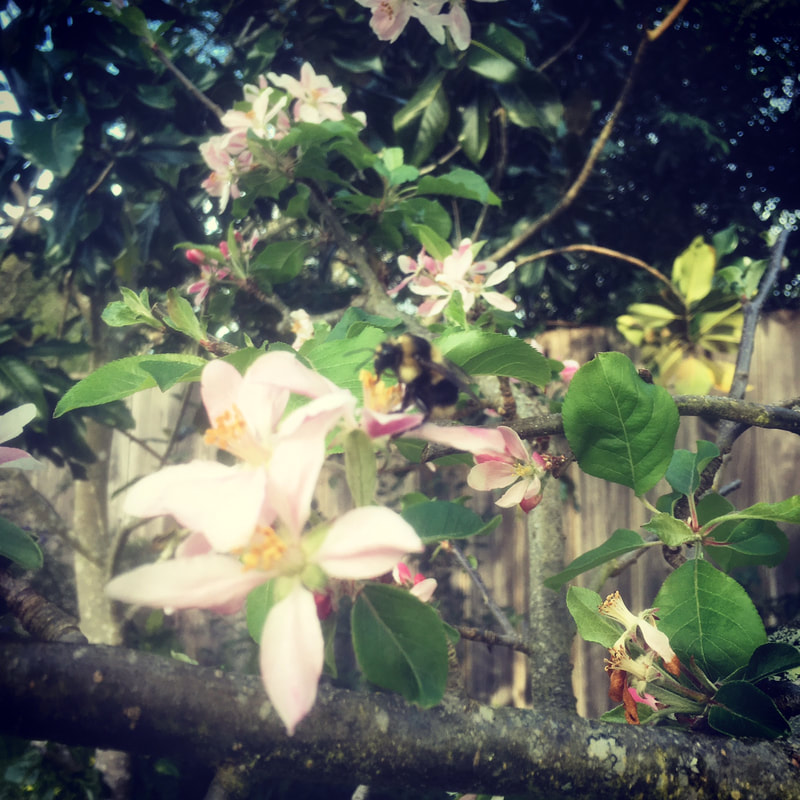
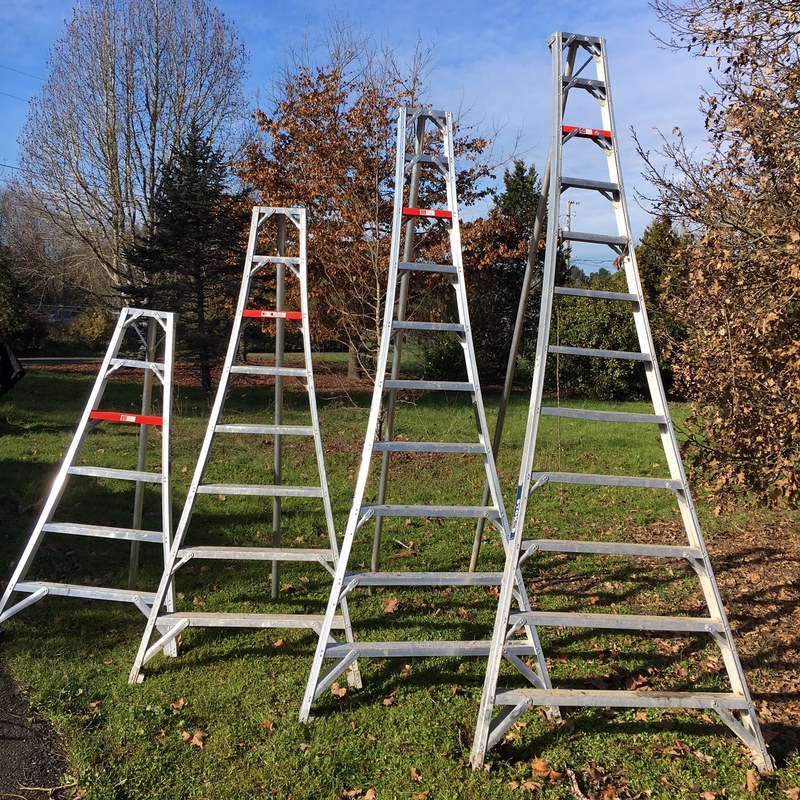
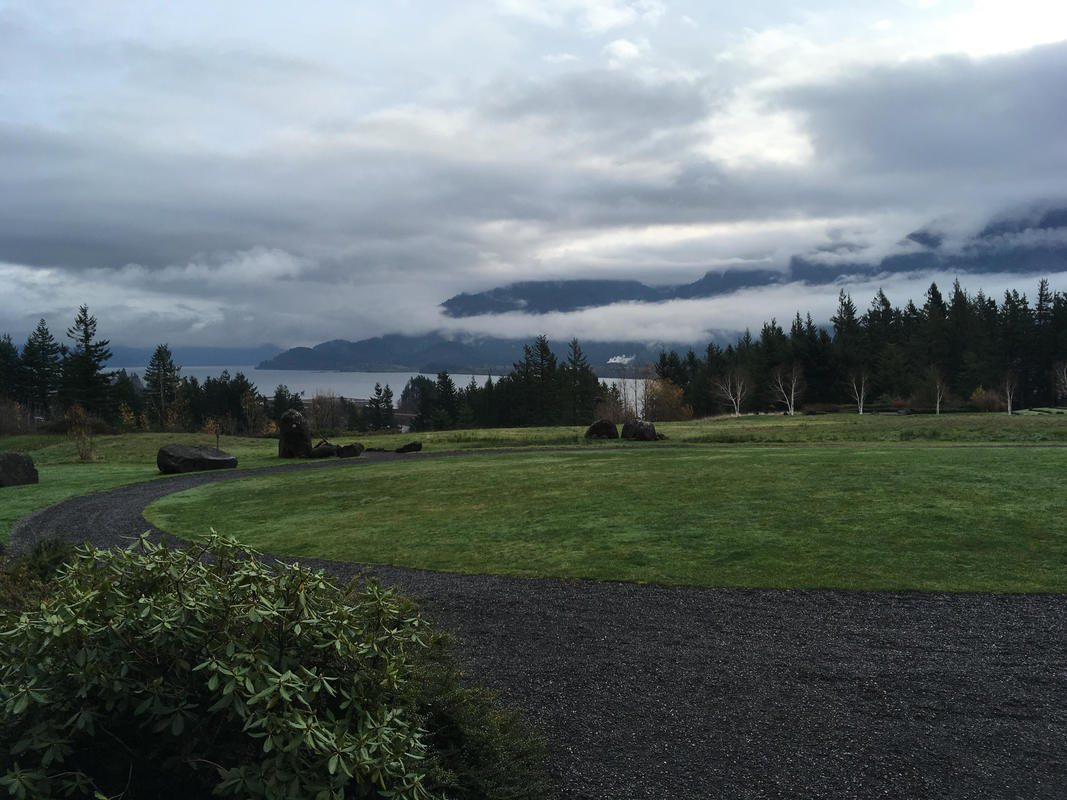

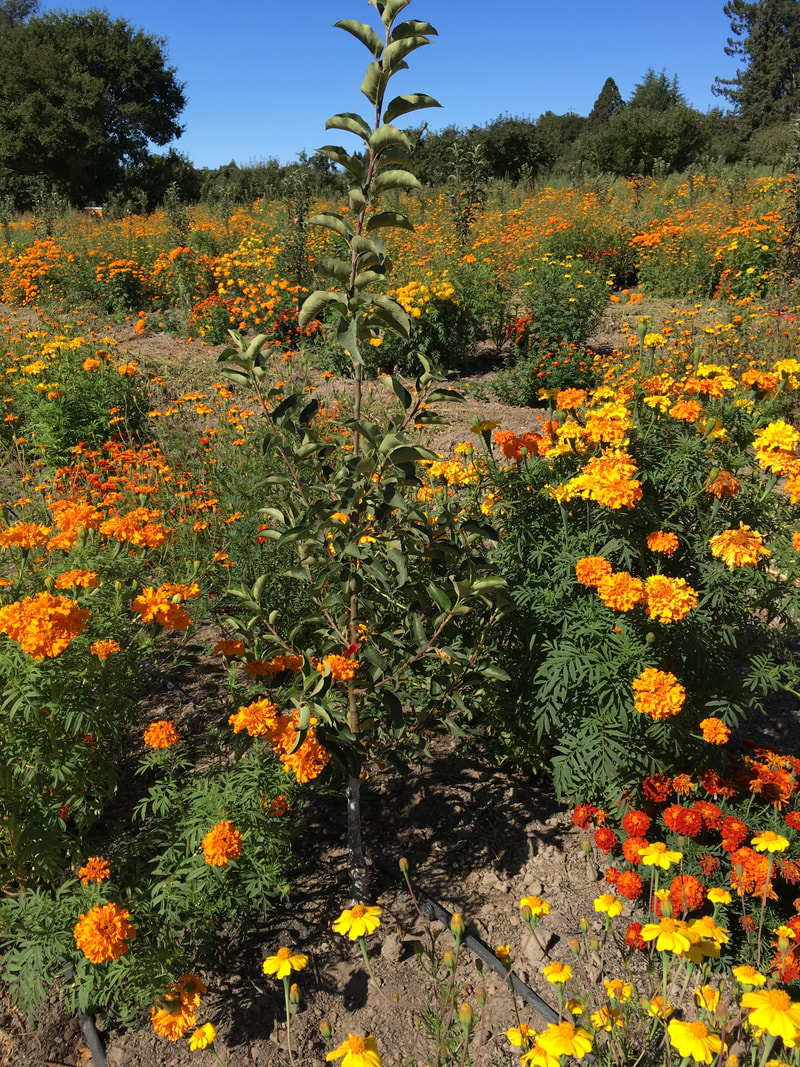
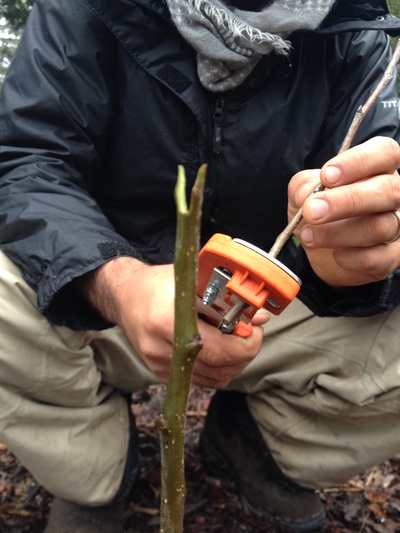

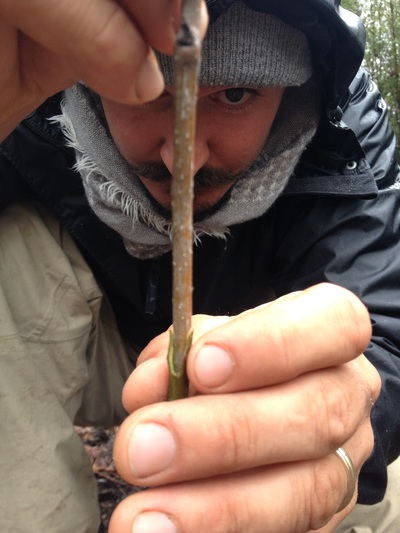
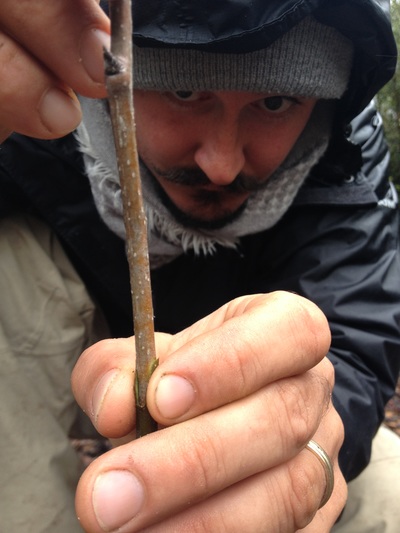
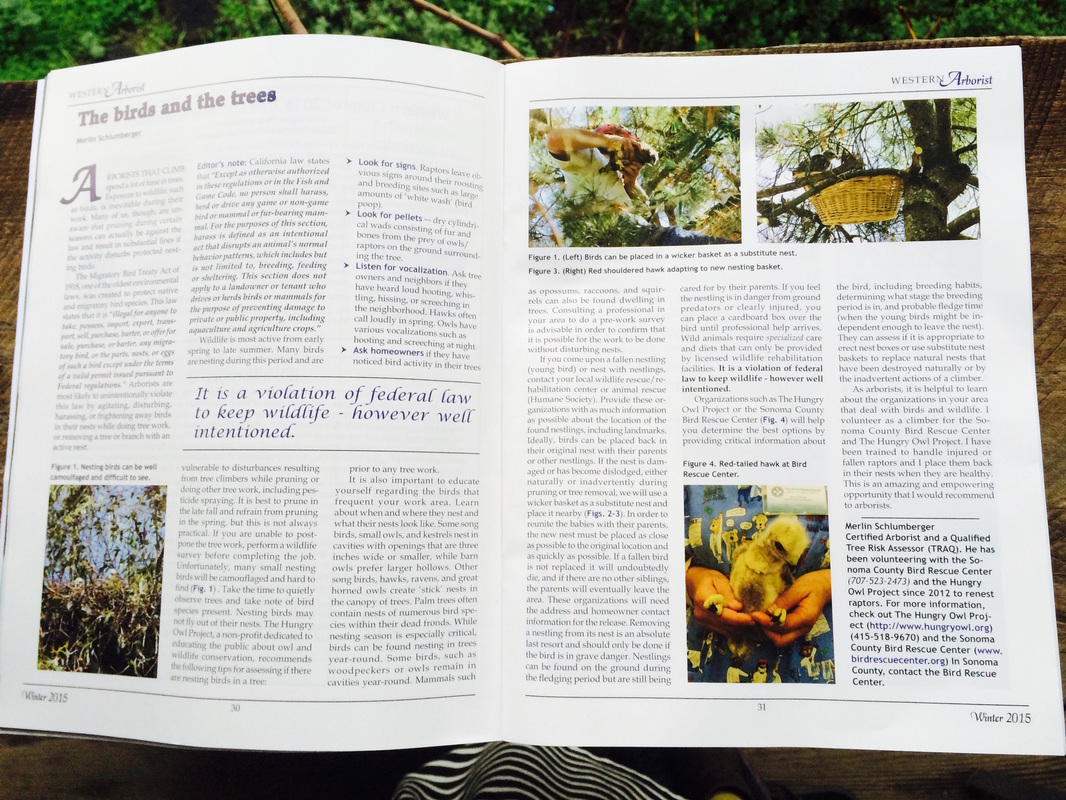
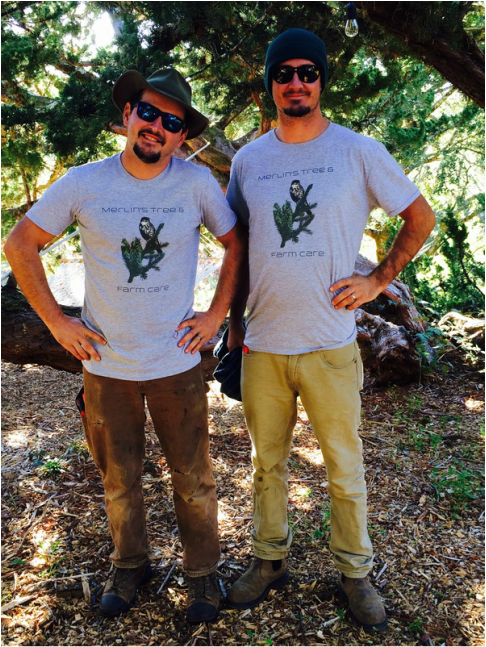
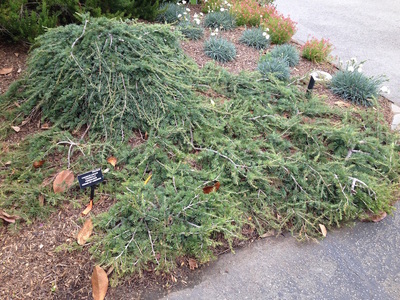
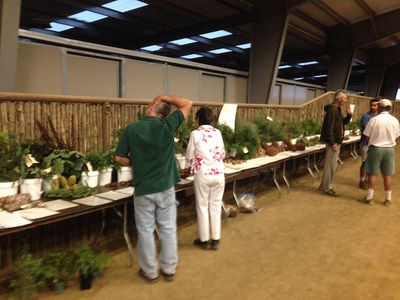
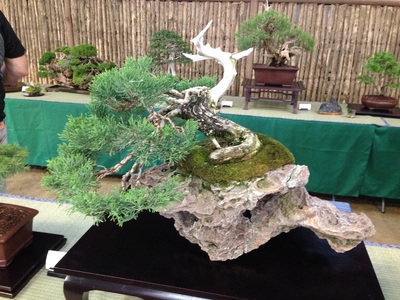
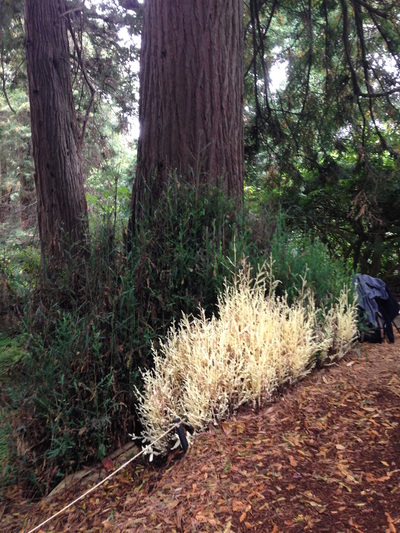
 RSS Feed
RSS Feed
